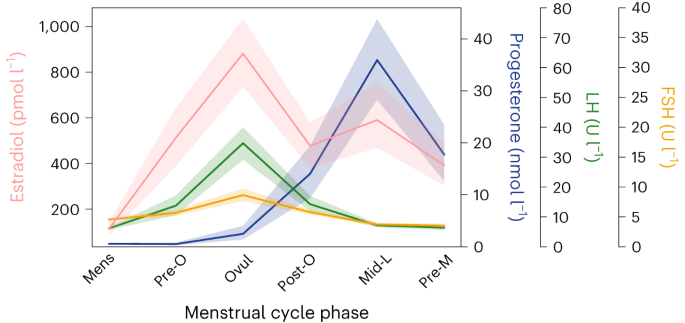2023-10-13 カロリンスカ研究所(KI)
◆現行のエピジェネティッククロックは臨床環境で正確でなかったため、研究チームは新しいクロック「グラスゴー・カロリンスカ・クロック」を開発し、これによって慢性腎臓疾患患者と健康な組織の評価が可能になりました。この新しいツールは、治療戦略の効果を推定するのに役立つ可能性があり、特に早期老化が起こりやすい末期腎臓疾患の患者を対象にした研究に使用できます。
<関連情報>
- https://news.ki.se/most-accurate-test-to-date-developed-to-measure-biological-aging
- https://onlinelibrary.wiley.com/doi/10.1111/joim.13724
エピジェネティック・クロックは、透析ではなく腎移植が腎老化の影響を緩和することを示している。 Epigenetic clocks indicate that kidney transplantation and not dialysis mitigate the effects of renal ageing
Ognian Neytchev, Helen Erlandsson, Anna Witasp, Louise Nordfors, Abdul Rashid Qureshi, Ken Iseri, Hokuto Morohoshi, Colin Selman, Thomas Ebert, Karolina Kublickiene, Peter Stenvinkel, Paul G. Shiels
Journal of Internal Medicine Published: 12 October 2023
DOI:https://doi.org/10.1111/joim.13724
Abstract
Background
Chronic kidney disease (CKD) is an age-related disease that displays multiple features of accelerated ageing. It is currently unclear whether the two treatment options for end-stage kidney disease (dialysis and kidney transplantation [KT]) ameliorate the accelerated uremic ageing process.
Methods
Data on clinical variables and blood DNA methylation (DNAm) from CKD stage G3–G5 patients were used to estimate biological age based on blood biomarkers (phenotypic age [PA], n = 333), skin autofluorescence (SAF age, n = 199) and DNAm (Horvath, Hannum and PhenoAge clocks, n = 47). In the DNAm cohort, we also measured the change in biological age 1 year after the KT or initiation of dialysis. Healthy subjects recruited from the general population were included as controls.
Results
All three DNAm clocks indicated an increased biological age in CKD G5. However, PA and SAF age tended to produce implausibly large estimates of biological age in CKD G5. By contrast, DNAm age was 4.9 years (p = 0.005) higher in the transplantation group and 5.9 years (p = 0.001) higher in the dialysis group compared to controls. This age acceleration was significantly reduced 1 year after KT, but not after 1 year of dialysis.
Conclusions
Kidney failure patients displayed an increased biological age as estimated by DNAm clocks compared to population-based controls. Our results suggest that KT, but not dialysis, partially reduces the age acceleration.
Graphical Abstract



